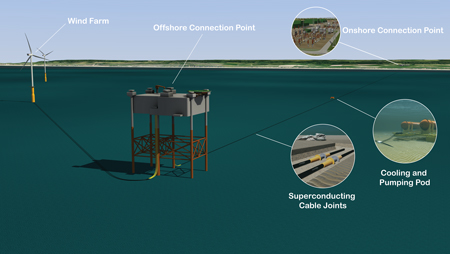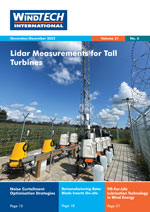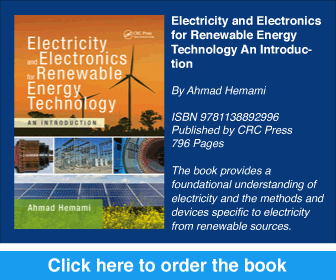Offering Benefits Compared with Conventional HVDC Copper Cables in Offshore Grids
 Subsea superconducting transmission cables, a new innovative cable technology, were shown to offer greater economic benefits to the energy system than conventional high-voltage, direct current (HVDC) copper technology in a 2050 offshore grid. The University of Strathclyde, Glasgow, Offshore Renewable Energy Catapult, UK, and SuperNode, Ireland, have conducted technical and techno-economic studies analysing the potential benefits of high-temperature superconductor subsea transmission cables compared with conventional copper 525kV HVDC cable technology.
Subsea superconducting transmission cables, a new innovative cable technology, were shown to offer greater economic benefits to the energy system than conventional high-voltage, direct current (HVDC) copper technology in a 2050 offshore grid. The University of Strathclyde, Glasgow, Offshore Renewable Energy Catapult, UK, and SuperNode, Ireland, have conducted technical and techno-economic studies analysing the potential benefits of high-temperature superconductor subsea transmission cables compared with conventional copper 525kV HVDC cable technology.By Maria O’Neill, Technology Analyst, SuperNode, Ireland










